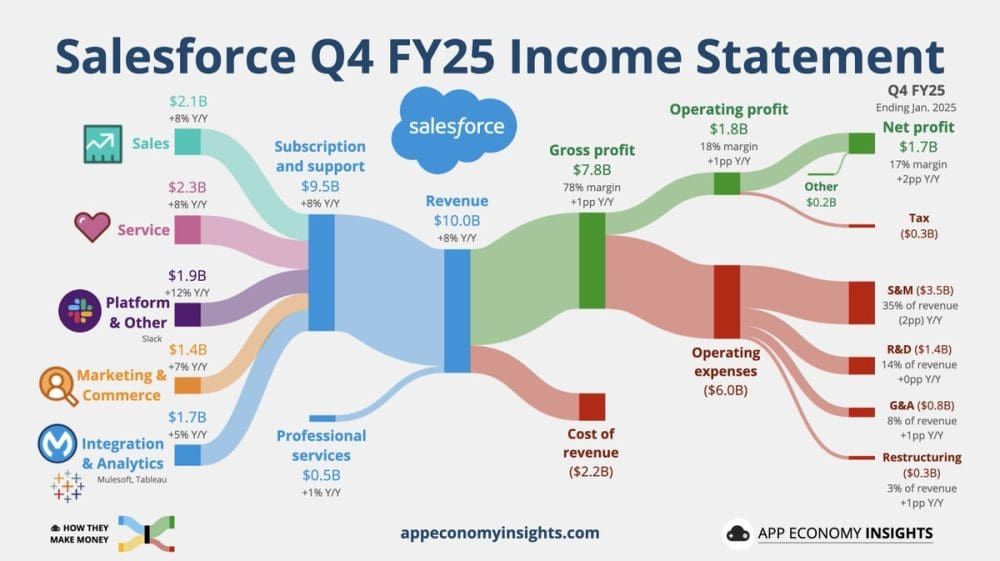Adding contingencies to projects
There probably isn’t a single Salesforce project that has ever gone perfectly to plan.
Just like the sayings, “If you don’t make any mistakes, you’re probably don’t make anything”, and Mike Tyson’s popular one, “Everyone has a plan until you get punched in the face”.… Read the rest

